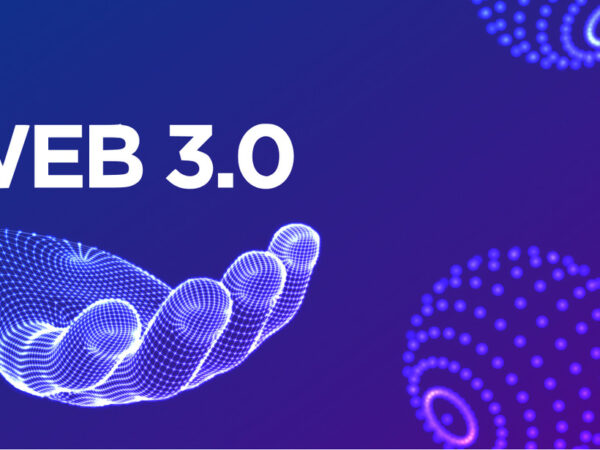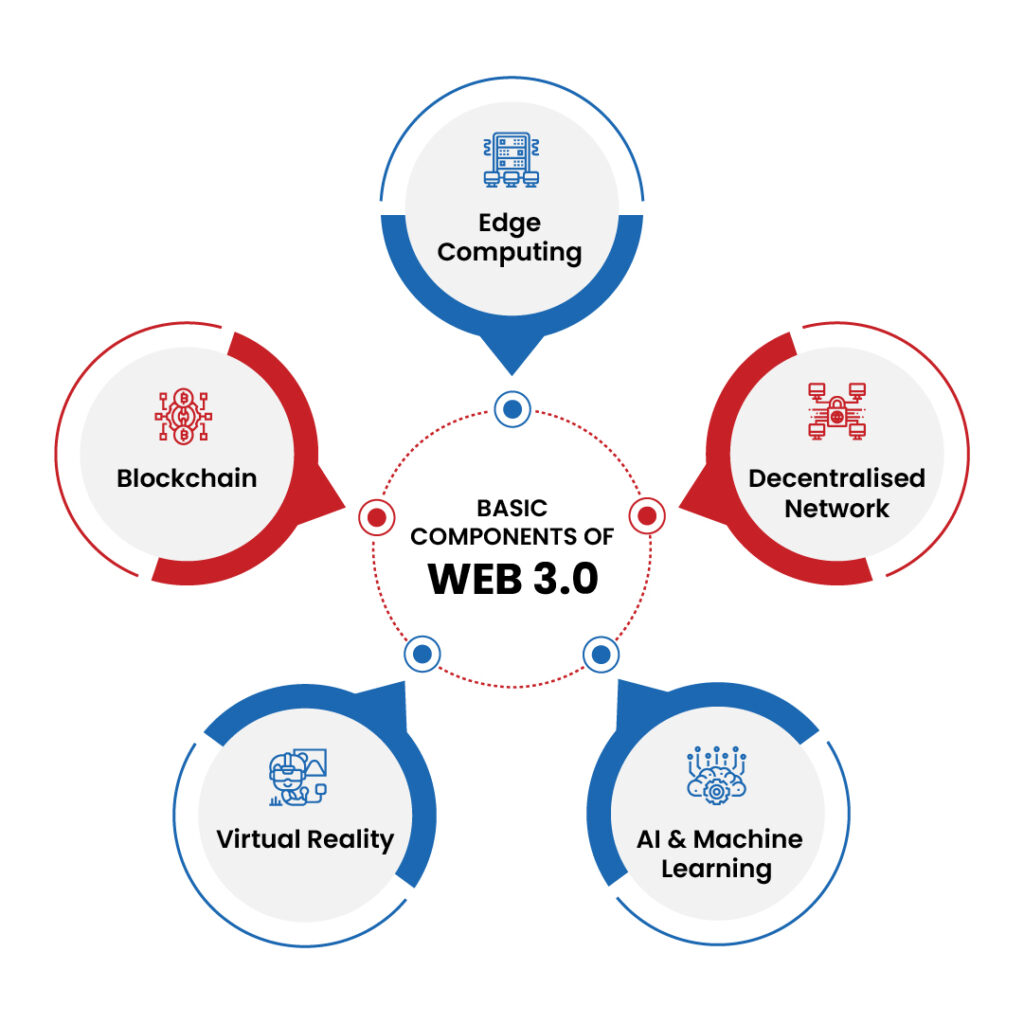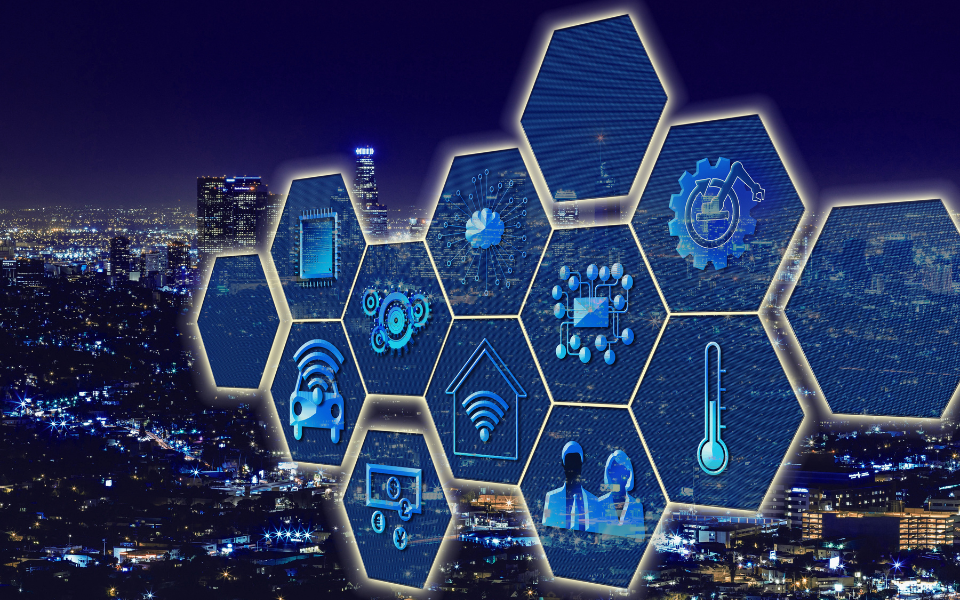The Dawn of Web 3.0
The evolution of the internet has been nothing short of revolutionary, moving from the static pages of the early Web 1.0 to the interactive experiences of Web 2.0. Now, we stand at the brink of a new era with the emergence of Web 3.0, a term that first started to gain traction in the late 2000s. This next phase is characterized by a more autonomous, intelligent, and open internet, where data is interconnected in a decentralized way, making the user experience far more integrated and personalized. But when exactly did Web 3.0 start? Pinpointing a specific start date is challenging as its development is gradual and ongoing.
Characteristics of Web 3.0
Web 3.0 is largely defined by its significant technological pillars such as blockchain, artificial intelligence (AI), machine learning, and the Internet of Things (IoT). These technologies provide a framework for a decentralized web where personal data ownership is key, and where users can interact with data and content without requiring intermediaries. This paradigm shift aims to enhance user sovereignty and privacy, radically transforming how we interact online. The decentralized nature of Web 3.0 provides more security and less control by a single entity or group, which was a common criticism of Web 2.0.
The Gradual Emergence of Web 3.0
It’s difficult to pinpoint an exact start date for Web 3.0 because it didn’t emerge suddenly but rather evolved through incremental advances in technology and philosophy. Some experts suggest that the foundational ideas of Web 3.0 began to form around the mid-2000s with the conceptualization of the Semantic Web by Tim Berners-Lee, which aimed to create a more structured and semantically meaningful web. However, it wasn’t until around 2014-2015, with the rise of blockchain technology and Ethereum, that the vision of a fully decentralized web began to take a more concrete shape.
Real-World Applications and Future Prospects
Today, Web 3.0 technologies are increasingly being implemented in various sectors including finance, supply chain, healthcare, and media. From decentralized finance (DeFi) platforms disrupting traditional banking to NFTs revolutionizing art and ownership, the applications are vast and growing. Looking ahead, the integration of AI and IoT with blockchain could further enhance the capabilities of Web 3.0, making the internet even more ubiquitous and seamlessly integrated into our daily lives.
Explore More with UTOWN
The journey into Web 3.0 is just beginning, and there’s much to learn and explore. For enthusiasts eager to dive deeper into the potentials and mechanics of Web 3.0, UTOWN offers an excellent platform. Whether you’re a seasoned tech professional or a curious newcomer, UTOWN provides resources and insights to enrich your understanding of this new digital frontier. Visit UTOWN today, and take your first step towards mastering Web 3.0 knowledge. Dive into the future of the internet with UTOWN and stay ahead in the evolving digital landscape.





